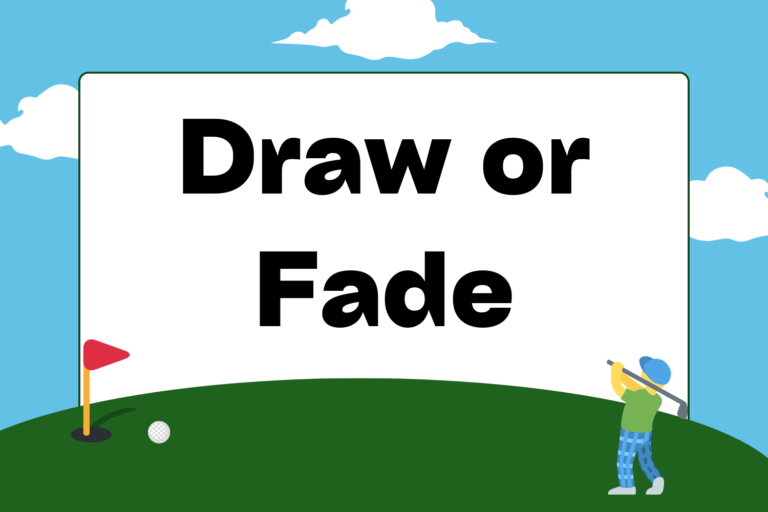The exact details of the origins of golf are highly debated within the golf community. What is known, however, (and not debatable) is that golf is old. Really old. Older than you think.
The sport was first documented on paper in the year 1457, when James II of Scotland banned the sport on the fields so that archers could practice without interference. 1457—that means golf precedes Shakespeare, the art of Leonardo Da Vinci, and even Columbus. Scholars have found evidence that golf-like games were played in places as distant as China and the Netherlands, and as early as in the 13th century.
Regardless of where golf was first played, we do know where the sport evolved into the modern game it is today—Scotland. Scotland is the home of the oldest playing course in golf, the Old Links at Musselburgh Racecourse, and of the first golf league, the Royal and Ancient Golf Club of St. Andrews. The British Open still takes place every fifth year at the Old Course at St. Andrews, or what commentators and players refer to as “The Home of Golf.”
The Rise of Golf Associations & the First Golf Superstars
In 1894, the United States Golf Association was formed to organize and hold primarily amateur events. Just one year later, the first U.S. Open was held at Newport Country Club in Newport, Rhode Island.
After the turn of the century, professional golfers and teachers joined to found the first Professional Golfers Association in Great Britain. Soon afterward, the PGA of America was born. The association organized and funded tournaments, and worked to promote love and knowledge of the game of golf. The PGA became the primary membership program of the world’s best golfers, but a few athletes maintained their amateur status, including one of the greatest of all time, Bobby Jones. Jones won all four of his U.S. Opens and three British Opens as an amateur, non-member of the PGA.
But it was three of the PGA of America golfers, all born within six months of each other, who became the sport’s first real celebrities: Sam Snead, Ben Hogan, and Byron Nelson. “Slammin’ Sammy” still owns the record for most PGA Tour wins with 82 total victories. Nelson, who retired relatively early, had one of the greatest seasons in PGA history in 1945 and won 18 tournaments in a single year and a record 11 in a row. And Hogan is known for a golf swing considered one of the best ever used in the game. Stories of his extensive practice and his in-depth understanding of the mechanics of the swing have become legendary.
Popularity Bump: The Big Three & TV
The second half of the 20th Century saw the rise of three of the sport’s greatest athletes, and, not coincidentally, the rise of the sport’s worldwide popularity. Americans Arnold Palmer and Jack Nicklaus, along with South African Gary Player, dominated the sport for the better part of three decades.
From 1958 to 1986, the “Big Three” combined for an unheard of 34 major championships (a record 18 of which belong to Nicklaus alone). Along with their own personal accomplishments, and thanks to the television set, the Big Three also won worldwide admiration and enthusiasm for the game of golf itself.
Though all three men are considered among the best players in history, Jack Nicklaus is frequently hailed as the greatest of all time. He still holds the record with 18 major championships, and his influence on the current and future players of the game (Greg Norman and Tiger Woods, for instance) continues to be monumental.
The 1980s & 90s
During the 1980s and 90s, golf experienced a lull in popularity, despite the rising number of superstar golfers. Up to that point, golf fans had come to expect a handful of elite golfers fighting for the title of world’s greatest—first Snead, Hogan, and Nelson, then Arnold, Jack and Gary. They came in threes. There was a pattern. People liked it and they expected it.
Then, in the late 70s and into the 90s, a rush of outstanding golfers fell upon the PGA. Tom Watson, Tom Kite, Fred Couples, Payne Stewart, Greg Norman, Johnny Miller, Nick Price, Nick Faldo, Fuzzy Zoeller among others. All men were excellent players, in contention every week, and all arguably the best of their generation. With so many stars on the course at one time, one would think that golf’s ratings and popularity would improve, but in fact just the opposite occurred. There was something intangible missing in the game—Arnold was old, Jack and Gary were getting there (despite an epic win for Nicklaus at the 1986 Masters), and there were just too many bodies vying for the title of the world’s greatest golfer.
Tiger
Then, Tiger Woods happened.
The 1997 Masters tournament in Augusta, Georgia set the stage for Tiger’s professional breakthrough. He made his first major championship look easy with a then-record (beaten by himself three years later) 12-stroke lead. He was also the first non-white golfer to win at Augusta, a then-61 year old event. Suddenly, this century’s old, ball-and-stick activity was a new and utterly different game.
The change wasn’t clear or straightforward; no rule was altered, no miracle tip had emerged to perfect a swing. The difference was in the air, in an attitude change by golfers and non-golfers alike. Tiger’s emergence meant that golf was no longer an old white man’s game, winnable only by out-of-shape, loudly dressed country-clubbers—it was a real sport, dominated now by a young, energetic, African/Asian/American athlete. Tiger Woods and golf itself woke up the morning after his Masters win a fresh and exciting global phenomenon.
Tiger reemerged in 1999 as the world’s undisputable best after two years of swing changes. From that year to 2003, he earned 27 PGA Tour wins, seven of which were majors. This run included his historic 2000 season, in which he won nine events and three of the four majors. Then, with his 2001 Masters victory, Tiger became the first golfer in the modern era to hold all four major titles at once, an accomplishment known now as the “Tiger Slam.”
Tiger Woods has since become the face of golf and one of the most recognizable athletes of all time. His impact on the sport was immediate and permanent, and each year, he continues to set new records across the history books of the sport. He is a meager four majors shy of Nicklaus’ ultimate record of 18—one Tiger has been eyeing since childhood.
Golf Now
Golf today is a truly universal sport, played by children and retirees, by girls and boys, and by women and men. Foursomes walk the links in Brazil and in India, in the Philippines and in Iceland. Junior programs and adult leagues are being formed in public and private courses in Toronto and in Moscow. The PGA now consists of a women’s tour (LPGA), a Japanese Tour, an Aussie Tour and a seniors’ tour, among many others.
Every day someone new picks up the game, or the game picks up someone new. And though the game may change, it is certain that golf is here to stay.





